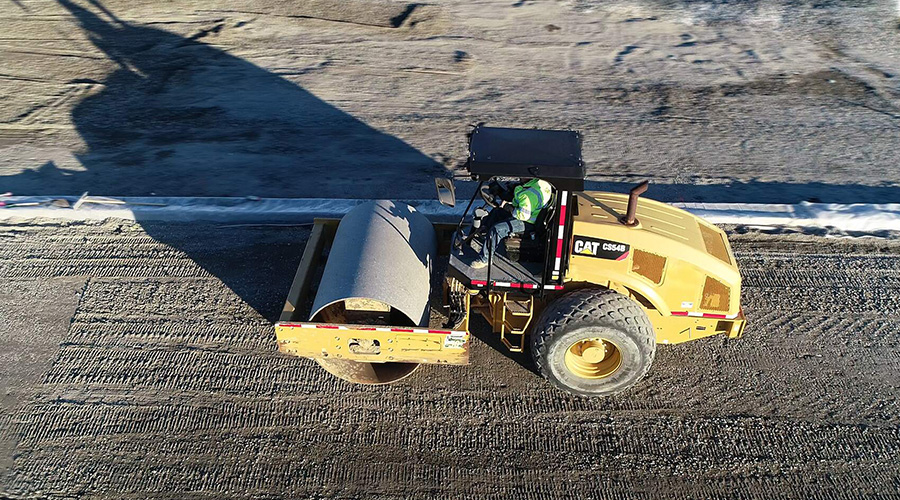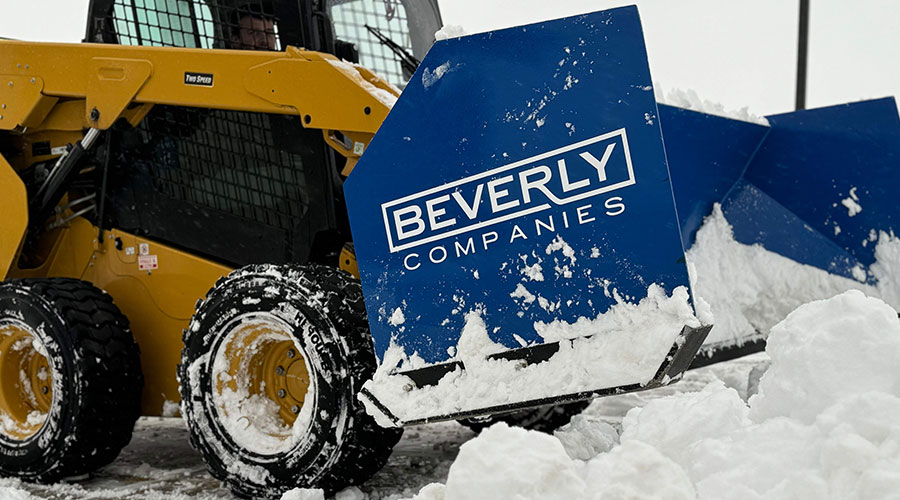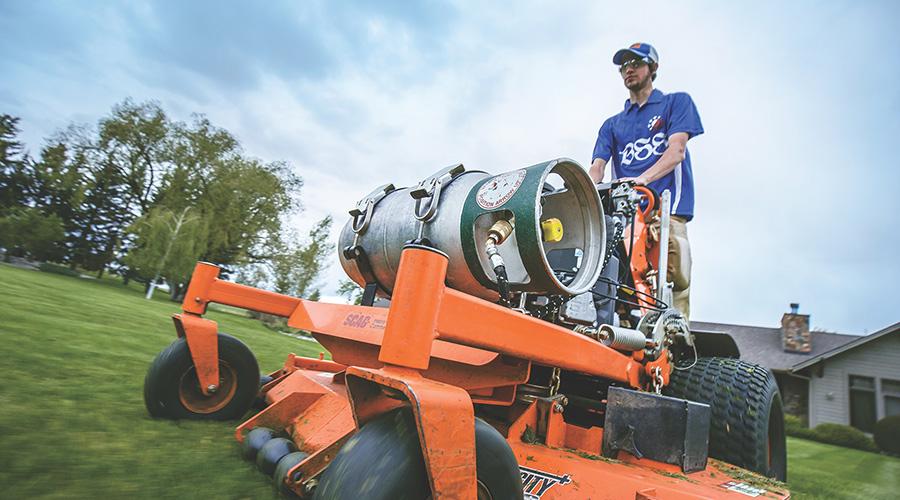Utility Vehicles: Equipment Replacement
Effective specification requires understanding department needs and vehicle options
Grounds departments have come to rely on utility vehicles because of the versatility and dependability they deliver. As landscapes and materials and activities evolve around institutional and commercial facilities, the vehicles give departments and crews the flexibility crews required to meet changing needs and expectations.
But all good things must end, and the performance life of a utility vehicle is no exception. At a certain point, managers face the challenge of replacing a long-serving but failing utility vehicle with a new, advanced model.
The replacement scenario
When a manager decides that the smartest move is to replace a utility vehicle, the first step is to answer a set of key questions in order to make an informed decision. What are the department’s equipment needs? How have those needs changed since the last purchase of a new utility vehicle? Managers need to understand specific vehicle requirements, daily crew activities, and available equipment budgets in order to select a vehicle that addresses these needs and increases crews’ efficiency. Among the key considerations in this process are the size of the landscape and its topography.
What are the range demands? Managers need to make sure that a particular piece of equipment will be able to service the entire area for which the department is responsible.
What is the climate? Understanding the type of weather a particular location experiences year-round can help managers determine the vehicle’s power and durability needs, as well as how conditions are likely to affect the vehicle’s performance life.
How much of a factor is durability? Managers need to review the utility vehicle’s design, construction, and materials, as well as the type of warranty the manufacturer provides. These issues can influence the type of investment the department is making.
What types of fuel are required? The type of fuel a utility vehicle uses indicates its likely durability and maintenance. Gasoline-powered vehicles still dominate the utility vehicle market, but alternative fuels have gained momentum in recent years as a growing number of managers have begun to embrace green initiatives and demand products that fit with these decisions.
Green products are more environmentally friendly, and they can increase the efficiency of utility vehicles and extend their performance lives. Popular alternative fuel sources such as electricity, propane, and bio-diesel fuel can contribute to a lower risk of mechanical malfunctions. One result of these changes is that managers tend to have fewer concerns about performance and maintenance of the vehicles.
Related Topics:














